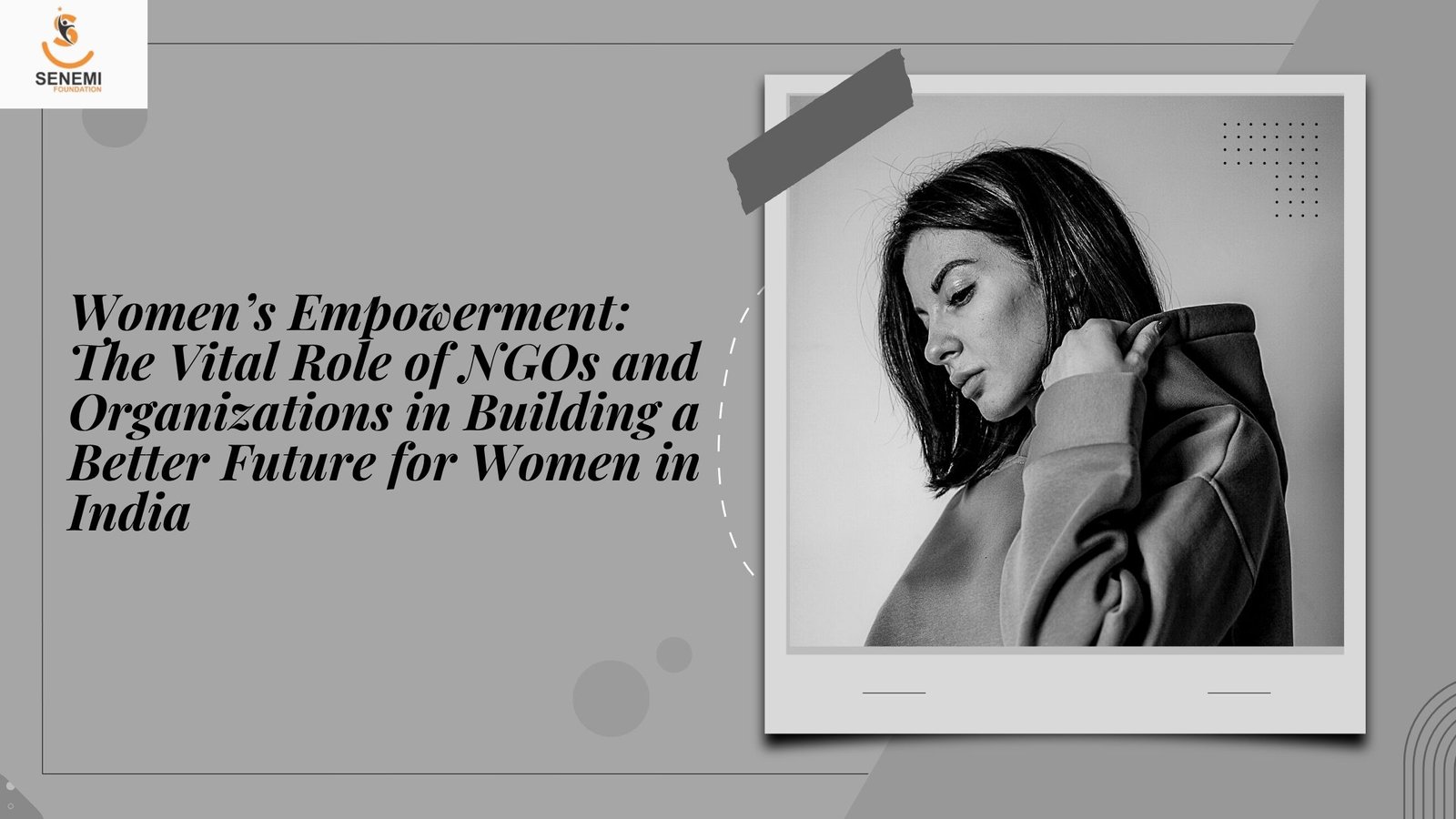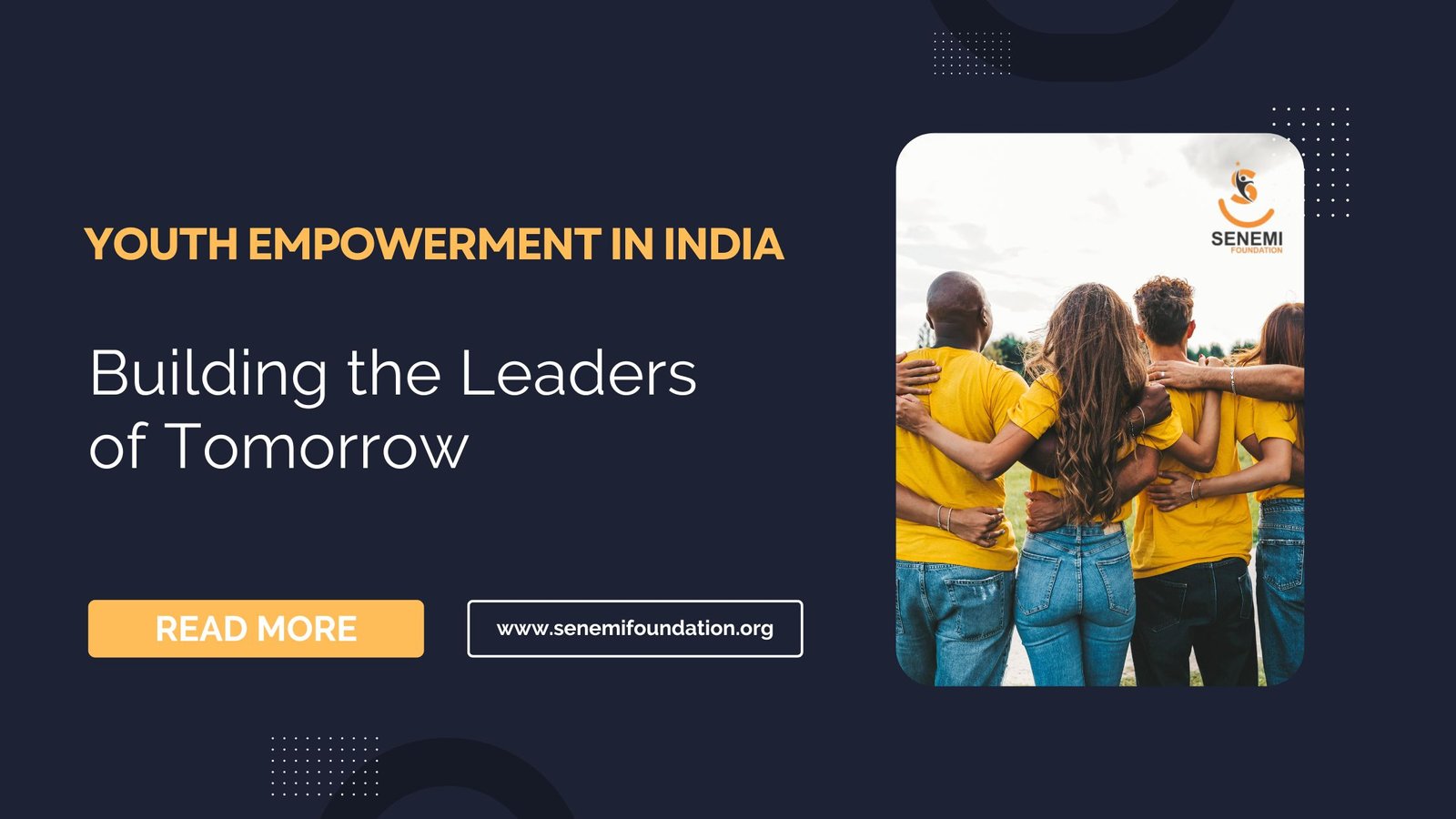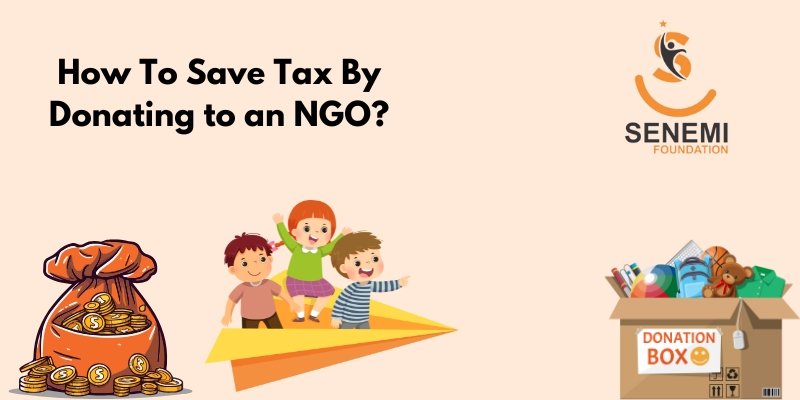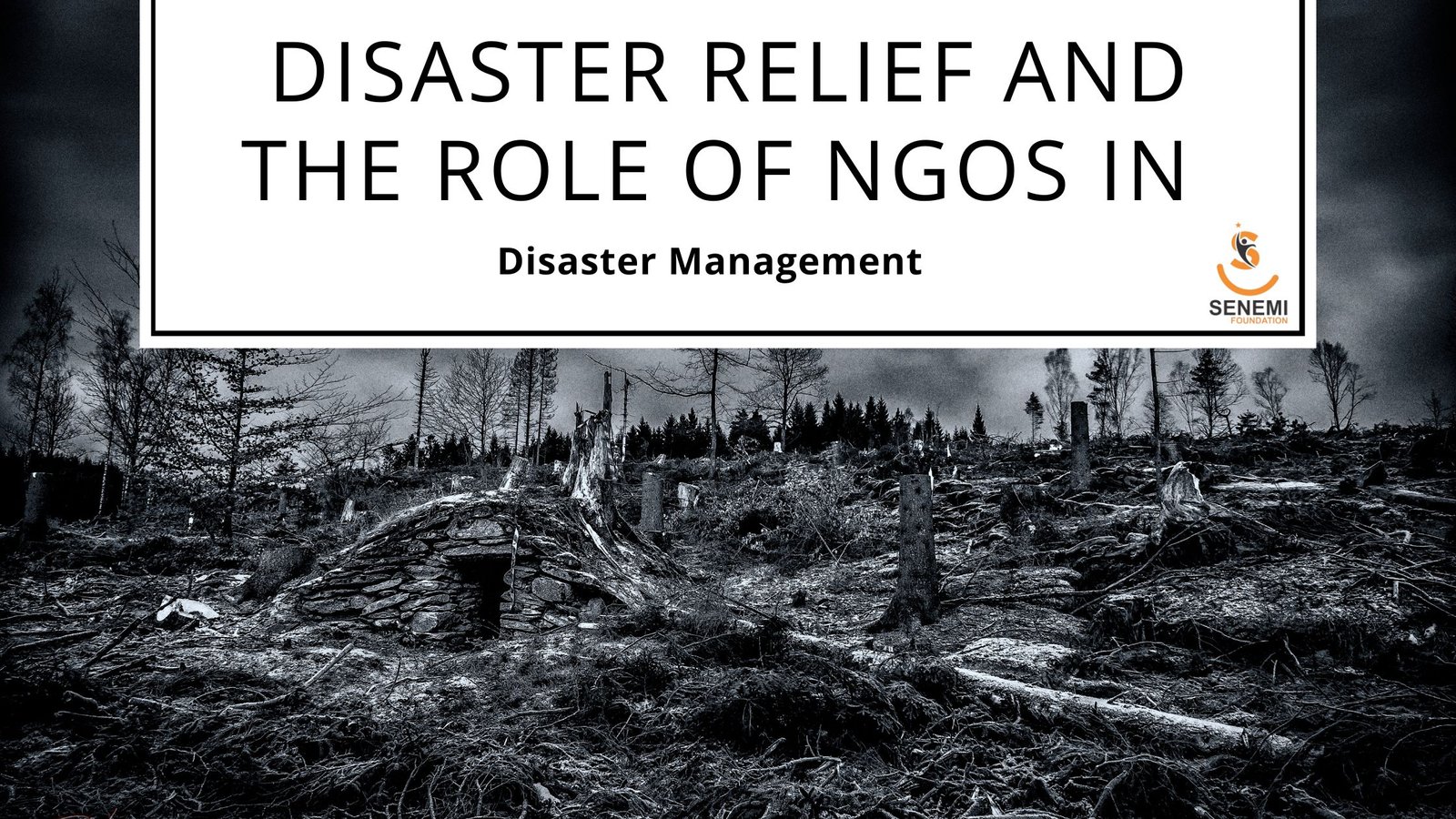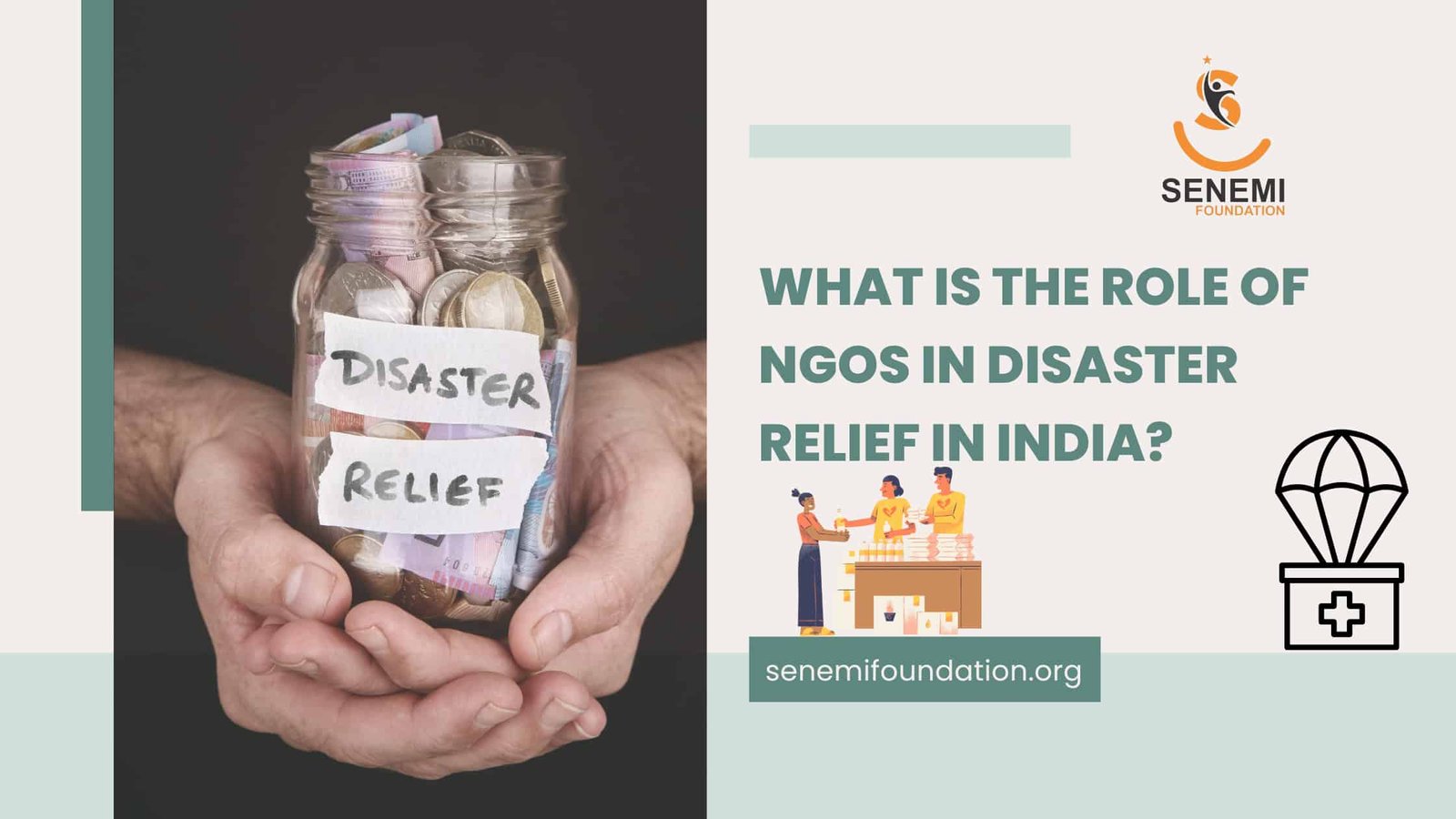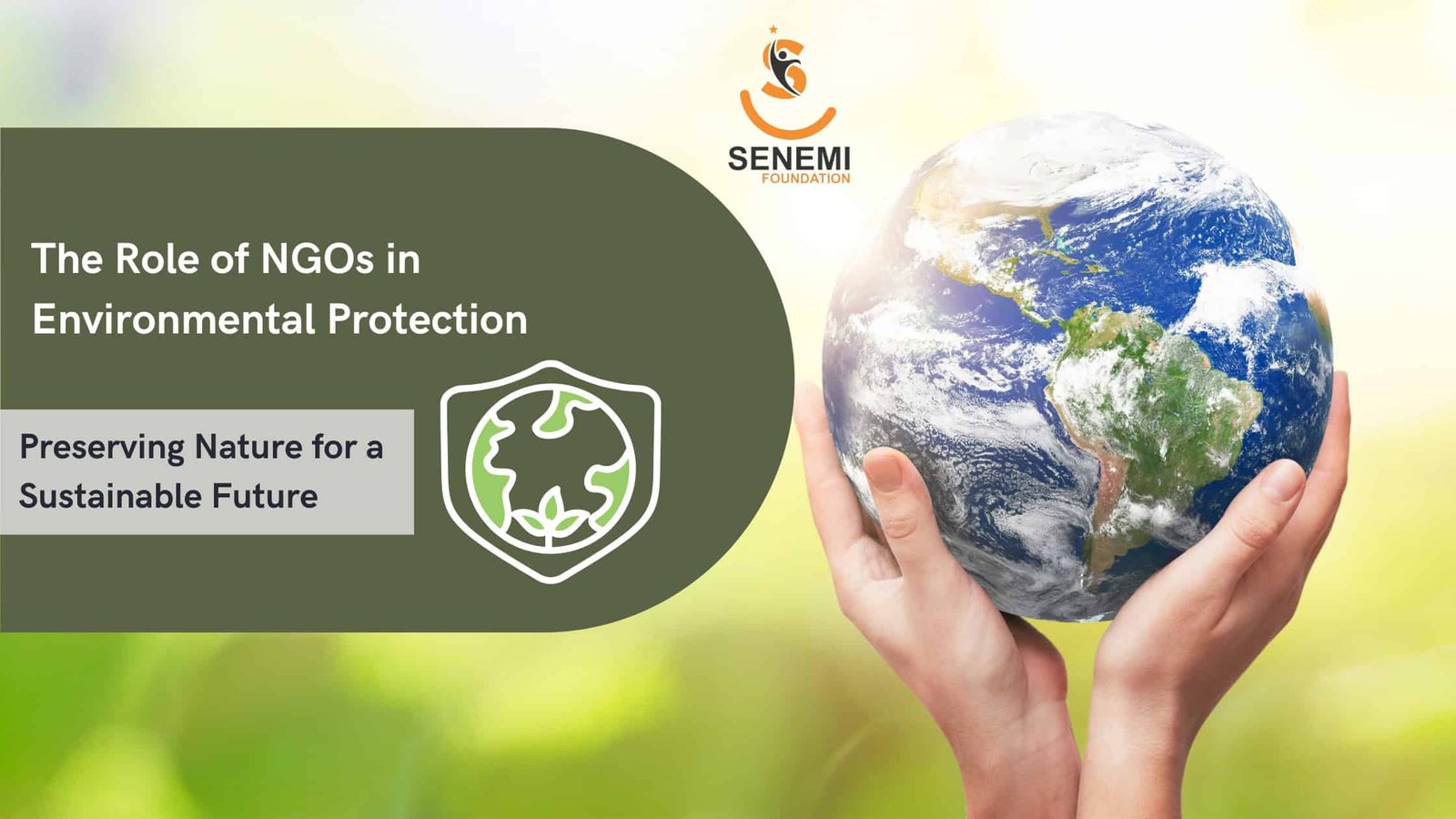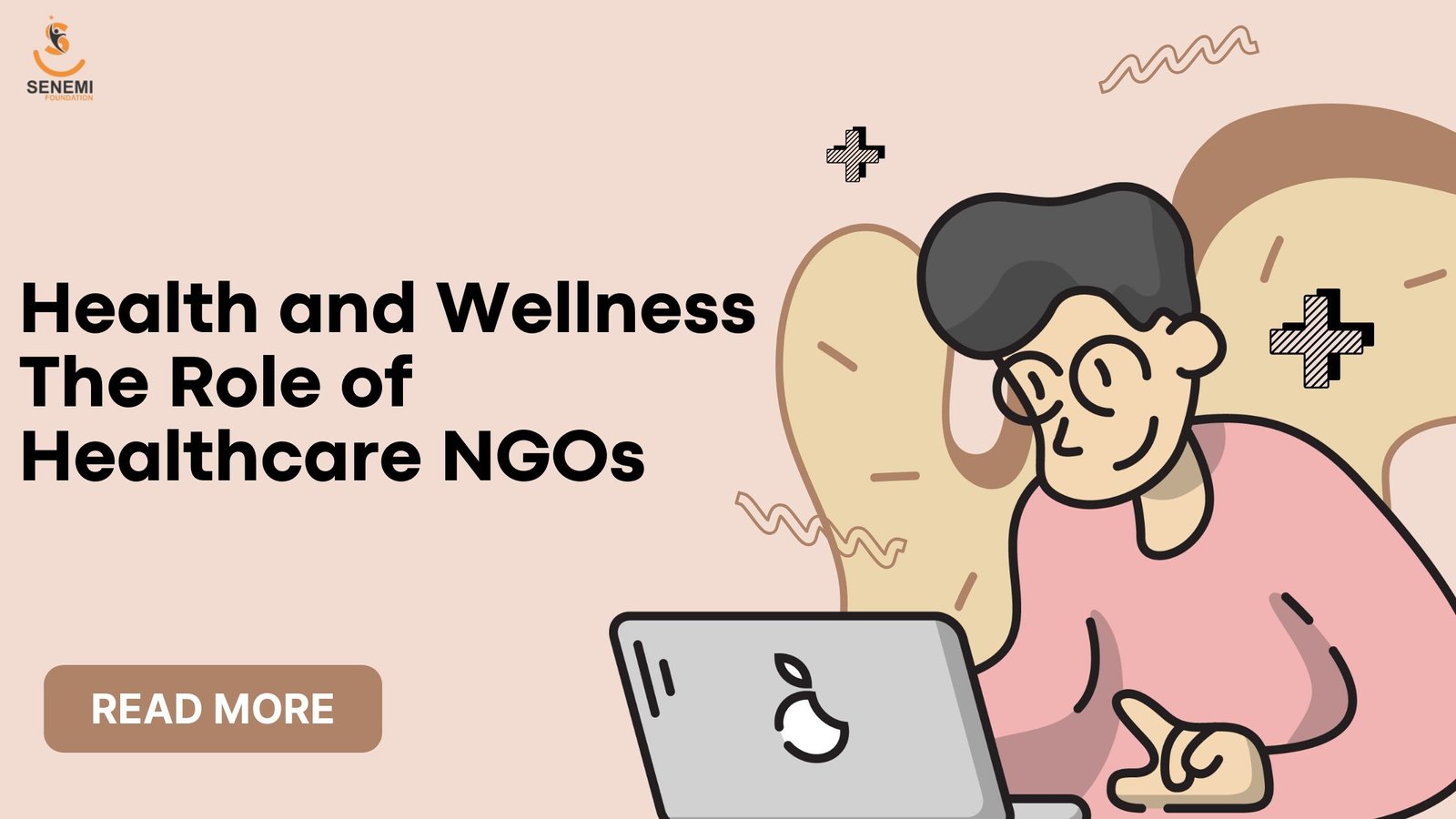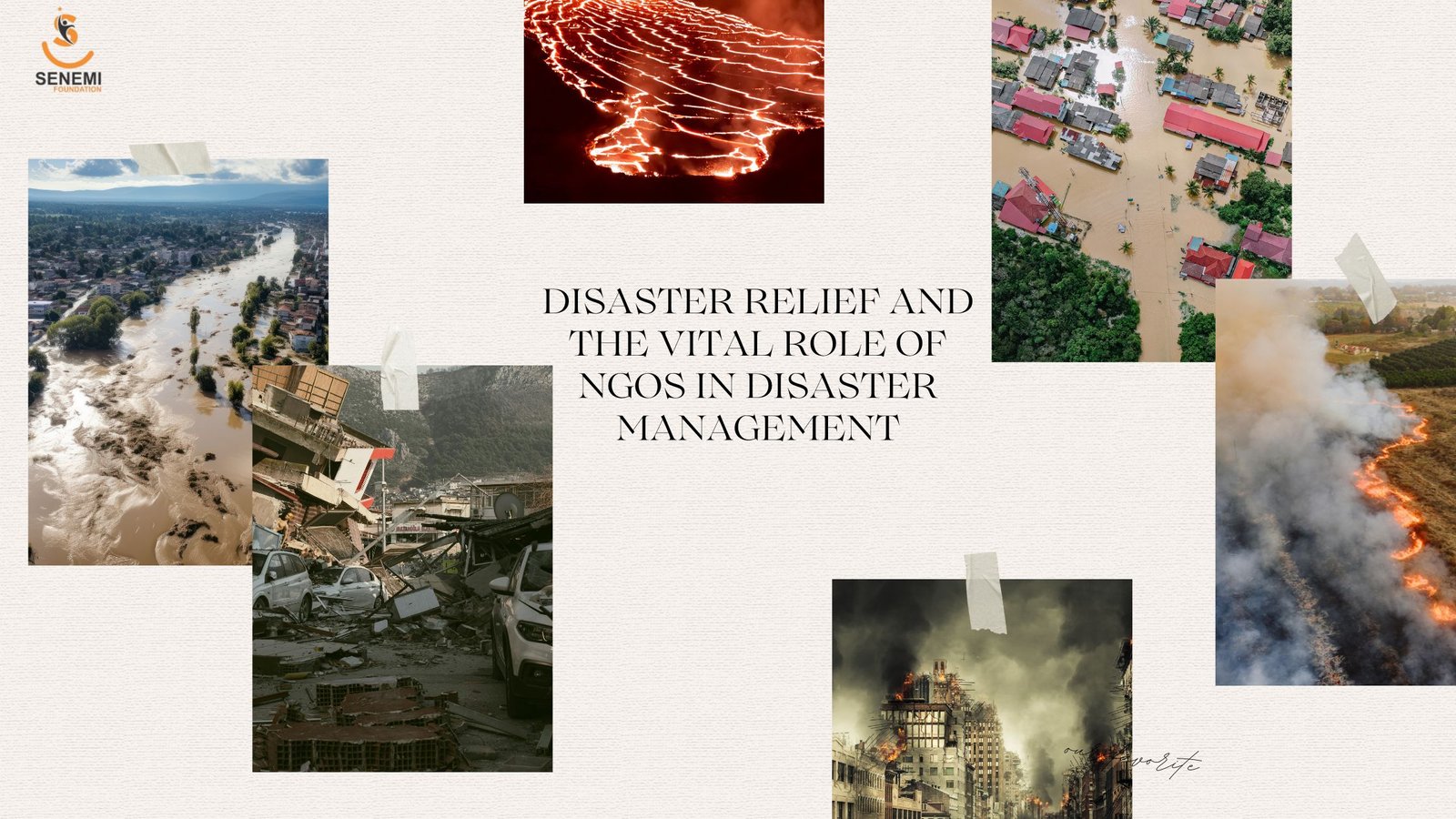
Natural and human-made disasters strike without warning, leaving behind destruction, displacement, and despair. From floods and earthquakes to industrial accidents and pandemics, these events test the resilience of nations and communities. While governments lead official disaster responses, non-governmental organisations (NGOs) play an equally essential role. They bring flexibility, empathy, and ground-level connections that make the difference between temporary recovery and long-term resilience.
This article explores how NGOs contribute to disaster relief and management, the importance of national disaster relief foundations, and why collaboration between the public, private, and civil sectors is critical for saving lives and restoring hope.
 Ragini
Ragini